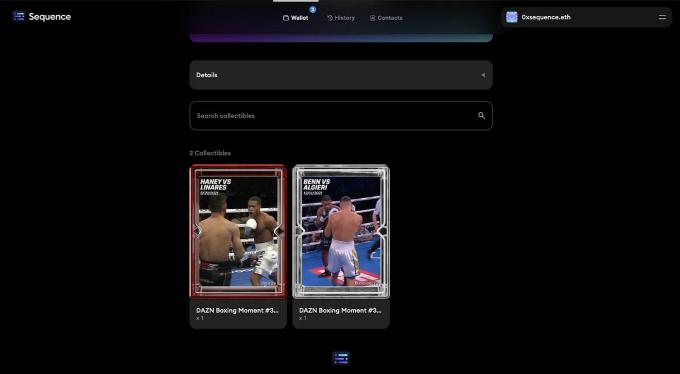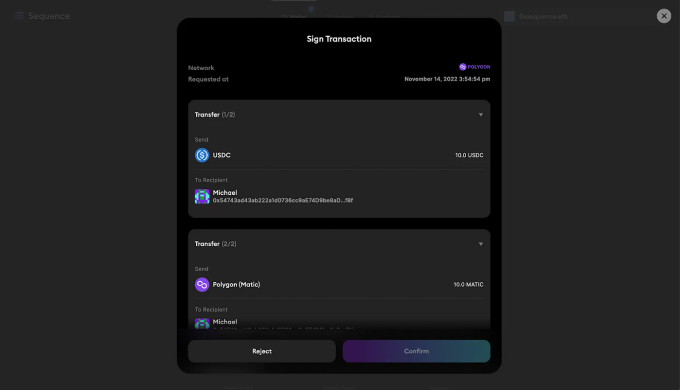The role of a web3 wallet
January 6 2023
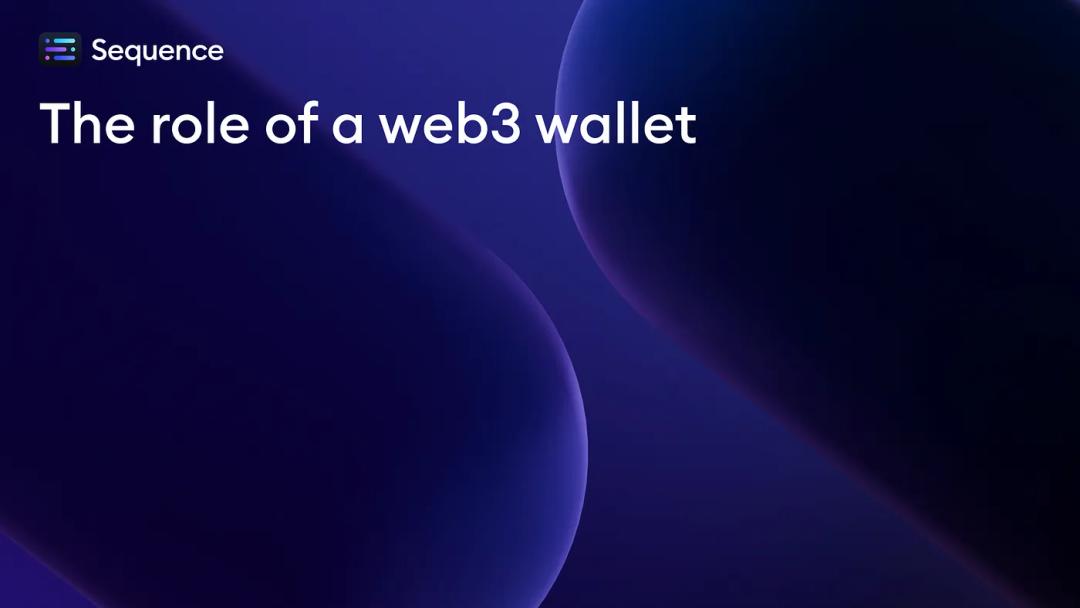
What is web3?
Crypto terms like “tokenomics”, “decentralization”, “custodial”, and even “blockchain” are easier to say than they are to understand. The term “web3” is no exception, and quite often, the fundamentals of web3 applications are misunderstood.
At its core, this new iteration of the Internet known as web3, is about decentralizing the web. It’s about extending real-life ownership into the digital world, such that what you do, own, and buy is correlated to you rather than to the application you are using. Web3 is akin to holding up a digital mirror to how we operate offline. It solves many issues, from centralized banks losing your money to a game shutting down and losing your hard-earned trophies and skins.
A web3 wallet holds the key to your digital assets
A web3 wallet is a means to secure and manage your digital assets, such as fungible, non-fungible (NFTs) and semi-fungible tokens (SFTs). Tokens can have different utilities, ranging from currency and identification to event ticketing, video game items, artwork, digital clothing and even real estate. More types of tokens are continually being developed, with more and more use cases being conceived.
A web3 wallet is often compared to a real-world wallet, but it’s actually closer to an inventory of ownership. This is because a web3 wallet does not hold actual tokens but holds public and private key information needed for token transactions. Tokens themselves are stored on a blockchain — a distributed, immutable ledger that records transactions and tracks digital assets.
Think of it this way: imagine if instead of your physical wallet holding actual money, it contained a register of where your funds were stored in safety deposit boxes, along with the keys to each box needed to access the funds within.
In the same way, a web3 wallet contains public key information — akin to the safety deposit box locations — and private key information that allows access to your tokens secured on the blockchain, just like the keys required to unlock the safety deposit boxes.
Web3 wallets can be either externally owned accounts (EOAs) or smart contract wallets. EOAs can be either custodial or non-custodial.
Custodial EOAs
A wallet on a centralized exchange is an example of a custodial EOA, which is typically beginner-friendly and allows users to recover their accounts if they forget their username or password. However, users do not have full control over their funds because they do not have access to their private key — hence the oft-heard saying, “not your keys, not your crypto.” Users of a custodial EOA must instead rely on a third-party custodian to safeguard their tokens. If something were to happen to the custodian of your wallet, you could lose access to everything stored in it.
Non-custodial EOAs
Non-custodial EOAs give users full autonomy over their assets, providing them with complete control over their private key. Importantly, non-custodial EOAs are not affected when a centralised exchange is hacked or collapsing. However, users of non-custodial EOAs are responsible for keeping their keys safe and must take additional precautionary measures to secure their tokens. If a user forgets their keys, there is no recovery mechanism.
Evolving beyond custodial and non-custodial EOAs, the next generation of web3 wallets leverage smart contract architecture, bringing greater sophistication and versatility to storing and managing digital assets.
Smart contract wallets
Smart contract wallets (a.k.a. smart wallets) are built on smart contracts, as their name suggests, and can be controlled by multiple private keys. They give users full control over their assets as a non-custodial wallet and provide recovery mechanisms similar to a custodial wallet — combining the best characteristics of both approaches. Smart wallets also unlock entirely new capabilities that aren’t possible with EOAs.
Access to the blockchain world
Web3 wallets are designed to manage digital assets and give users access to blockchain applications. They allow users to connect to a decentralized app or “dapp” and to sign “transactions”. In other words, web3 wallets allow you to approve actions related to you as a user and the application — whether that is buying an NFT, proving that you own a particular token, sharing aspects of your identity, or transferring funds. In this respect, web3 wallets work like a user account combined with a bank account.
Nothing can happen without a web3 wallet approving a transaction, which means users can control how their account is used on the web. A web3 wallet keeps a history of transactions with dapps, allowing users to see every dapp they have interacted with, every wallet they have sent tokens to, and every NFT certification they have received from blockchain-enabled courses, and every SFT they have collected from games.
A user’s wallet is their identity in the web3 world. It is similar to having one account for the entirety of the web, with all data and content signed by the user. Instead of having to make a new account for every online service you use, in the web3 world, your wallet is your account for everything. Wallets are an important place to build a user’s reputation and view contributions others have made in the blockchain space.
The standard industry means of diving deeper into web3 identity is to purchase an ENS and start a POAP collection. ENS names allow users to attach their wallet to a readable phrase such as a name or a pseudonym — think of this like a username in an app or web forum. POAPs are collectible tokens, commonly given out at events, and can be showcased in a user’s wallet to show the community where they have been and what they are interested in. Many projects are working on turning a wallet into a web3 identity, such as decentralized reputation through code commitments, building identity through on-chain commitments and earning NFTs to prove knowledge of development skills.
There are hundreds of web3 wallets that exist right now, each offering its unique set of features. Some wallets allow users to buy crypto using fiat, have a customized UI to match the connected dapp, deliver great collectibles support, or enable users to trade directly from within the wallet without putting crypto on an exchange. The Sequence Wallet has all these features and more — check out the entire feature list here.
Get started with your wallet
To get started using your web3 wallet, sign up at sequence.build and explore its features firsthand. You can then use your wallet to play web3 games like Skyweaver, Tower Conquest: Metaverse Edition, and Sunflower Land; explore and own NFT collections like DAZN Boxing and Cool Cats; or trade crypto on exchanges like Uniswap.
Join the Sequence Discord to learn more about the full capabilities of Sequence and why wallets play a key role in web3’s adoption.
Website | Twitter | Discord | Documentation
Sequence makes building onchain simple. Developers and teams can launch, grow, and monetize apps with unified wallets, 1-click cross-chain transactions, and real-time data, all in a modular and secure stack. No more stitching together fragmented tools or battling poor user flows. Sequence is production-ready infrastructure that helps teams ship faster, onboard more users, and scale confidently. From chains and stablecoins to DeFi and gaming, Sequence powers developers and applications across the EVM ecosystem with billions in transaction volume and millions of users. Trusted by leaders in blockchain, Sequence powers today’s onchain apps and delivers future-proof infrastructure for tomorrow’s breakthroughs. Learn more at sequence.xyz.
Written by

Robert Guenette
Product Marketing DirectorRelated Posts

A short guide that explains exactly what gasless transactions are, and why they matter for your web3 experience.
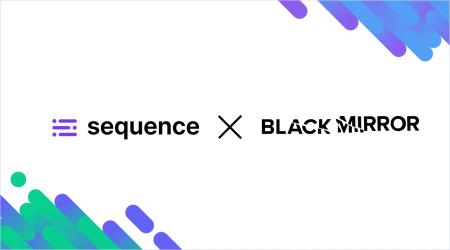
In partnership with KOR Protocol, Sequence and Msquared, Black Mirror's franchise has launched the $MIRROR token and a new web3 experience!
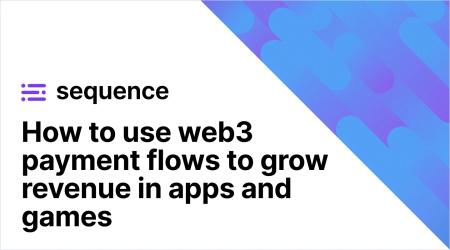
Web3 payment flows allow any app to embed onchain purchases and interactions in a way that feels natural for users. Learn more about them!
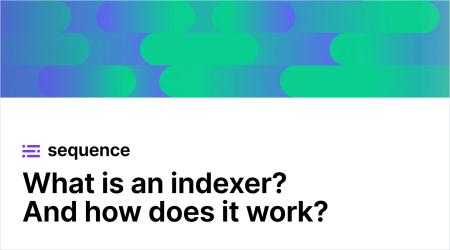
As more applications and protocols move onchain, indexers redefine how dev teams access, organize, and use blockchain data. Learn how!
